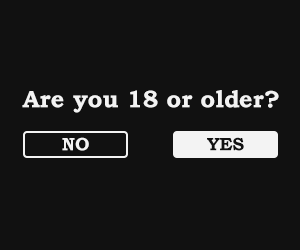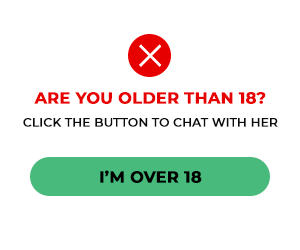D'Original document is the best evidence of the contents thereof -Atty.philjuris
Author: 79467545 • 312 views • 2025-01-27 16:06:54
The original document is the best evidence of the contents thereof.
This is an administrative case stemming from a Complaint filed by Lorna C. Basagan (Basagan) against Atty. Domingo Espina (Atty. Espina) for violation of Rule IV, Section 3 (c) of A.M. No. 02-8-13-SC, praying that respondent be placed under immediate preventive suspension and be meted a disciplinary action if found guilty of the violation.
The necessary import and rationale behind the requirement under the Best Evidence Rule is the avoidance of the dangers of mistransmissions and inaccuracies of the content of the documents. This is squarely true in the present disbarment complaint, with a main charge that turns on the very accuracy, completeness, and authenticity of the documents submitted into evidence. It is therefore non sequitur to surmise that this crucial preference for the original may be done away with or applied liberally in this case.
Elementary is the rule that photocopies of documents have no probative value and are inadmissible in evidence. Likewise, unsubstantiated general statements are unavailing and simply cannot suffice. Hence, there is no substantial evidence to prove the alleged violation complained of.
Here, Basagan clearly failed to adduce substantial and admissible evidence to prove her case. The original documents should have been presented to comply with the Best Evidence Rule. Basagan likewise failed to show proof as to the reasons for the unavailability of the original copy. She could have proven the contents of the documents following the provisions of Section 5, Rule 130 of the Rules of Court.
The Court has consistently held that an attorney enjoys the legal presumption that he/she is innocent of charges against him/her until the contrary is proved, and that as an officer of the court, he/she is presumed to have performed his duties in accordance with his/her oath.[71]
WHEREFORE, the disbarment complaint against Atty. Domingo P. Espina is DISMISSED for lack of merit. Let a copy of this Decision be attached to his records.
READ A.C. No. 8395, July 08, 2020, LORNA C. BASAGAN, COMPLAINANT, VS. ATTY. DOMINGO P. ESPINA, RESPONDENT.
RELATED
When and How to Lay the Basis for Secondary Evidence:
Stage of the Proceedings:
This is done during the presentation of evidence phase of the trial. Specifically, when offering the document as evidence, you must establish why you are presenting a copy instead of the original.
Laying the Foundation (Rule 130, Section 5):
* Explain why the original document cannot be produced.
* Acceptable reasons include:
* The original is lost or destroyed, and proof of this must be provided.
* The original is in the possession of the opposing party, and they fail to produce it after reasonable notice.
* The original is in the possession of someone outside the court’s jurisdiction who cannot be compelled to produce it.
* The document is not closely related to a controlling issue.
*
Proving Secondary Evidence (Rule 130, Section 6): Once the basis is laid:
* Present testimony or evidence of its contents via the photocopy or other reliable secondary sources.
* If challenged, you may need to authenticate the photocopy by showing how it was obtained or how it reproduces the original document.
*
UPDATE
In legal proceedings, the Original Document Rule (formerly known as the Best Evidence Rule) mandates that the original document must be produced when its contents are in question. However, with the 2019 Amendments to the Rules on Evidence in the Philippines, the definition of an "original" has been expanded to include "duplicates," such as photocopies. A duplicate is admissible to the same extent as the original unless a genuine question is raised about the authenticity of the original, or it would be unjust or inequitable to admit the duplicate in lieu of the original.
In the case of Basagan v. Atty. Espina (A.C. No. 8395, July 8, 2020), the Supreme Court emphasized that photocopies of documents are generally inadmissible unless they fall under the exceptions to the Original Document Rule. The Court stated that "elementary is the rule that photocopies of documents have no probative value and are inadmissible in evidence." This underscores the necessity of laying a proper foundation for the admissibility of photocopies during the presentation of evidence.
Therefore, to ensure the admissibility of a photocopy, it is crucial to establish its authenticity and demonstrate why the original document cannot be produced. This foundation should be laid during the presentation of evidence stage in court proceedings.
by ATTY PHIL. JURIS
PLEASE CLICK ORANGE (ADS)
BOTTON below TO SUPPORT OUR PAGES!
THANK YOU!
To share this notes please copy this URL and send it to your friends
Important :
This text must comply to our Terms and Conditions otherwise it will be removed from our Server.





